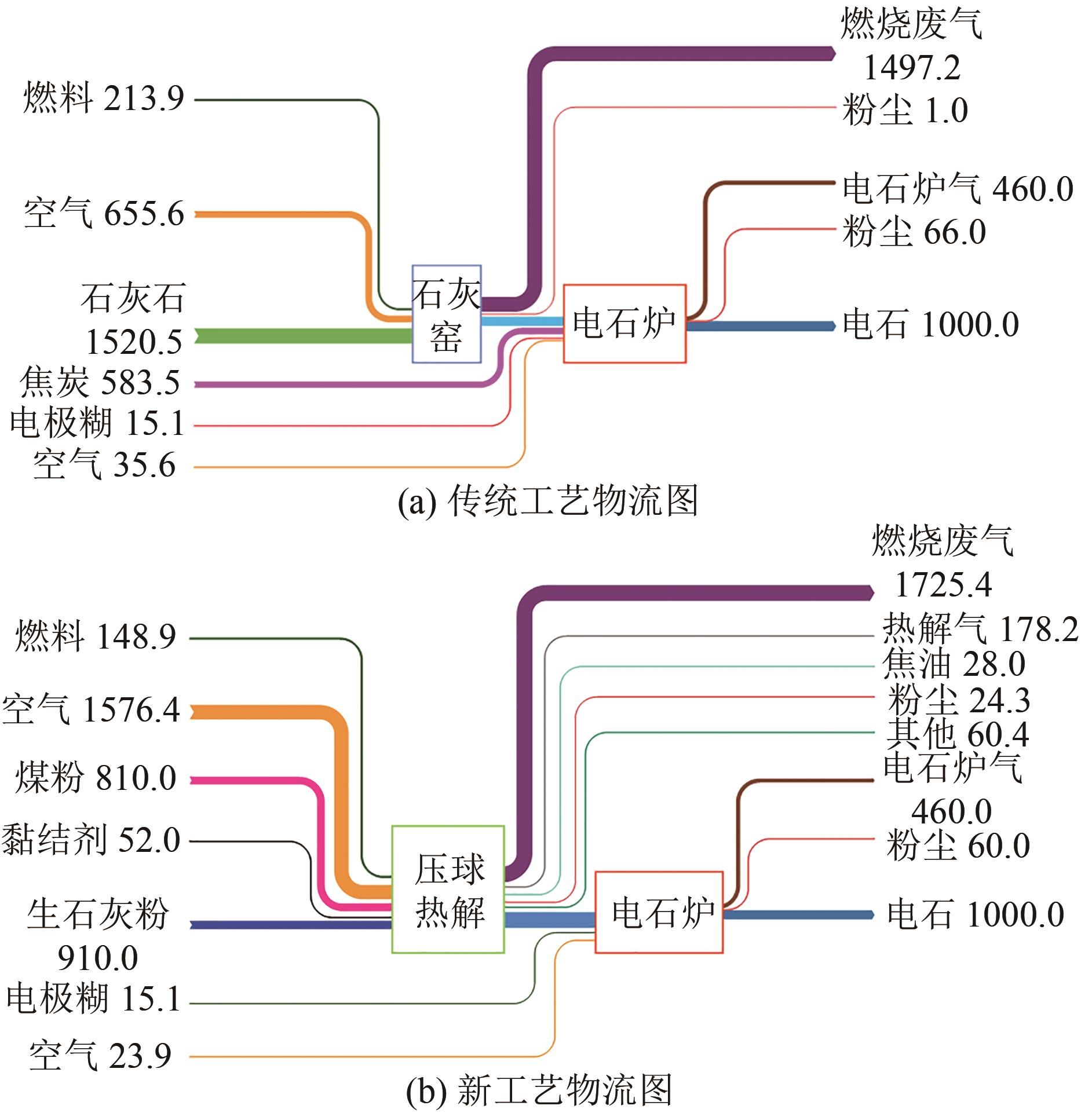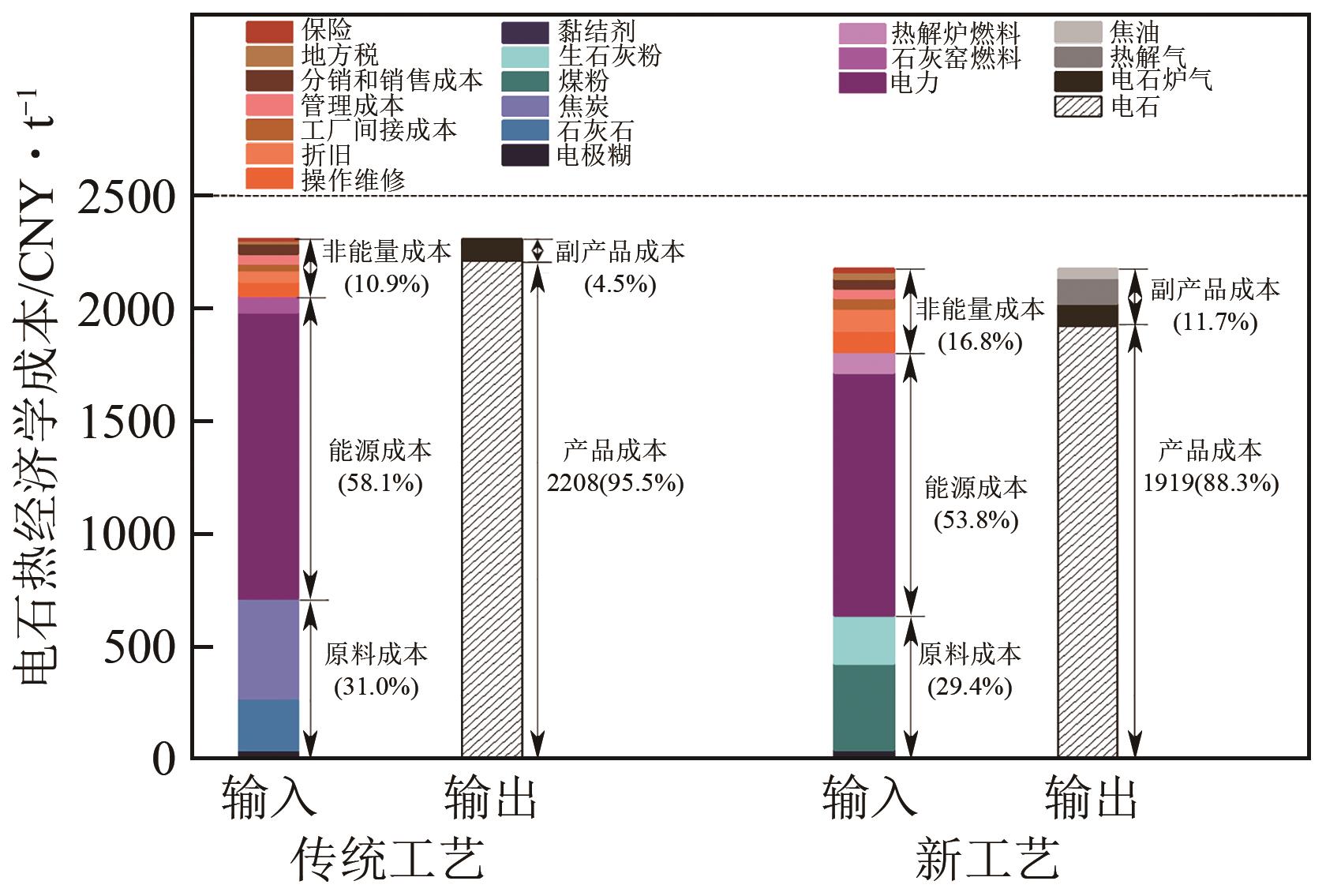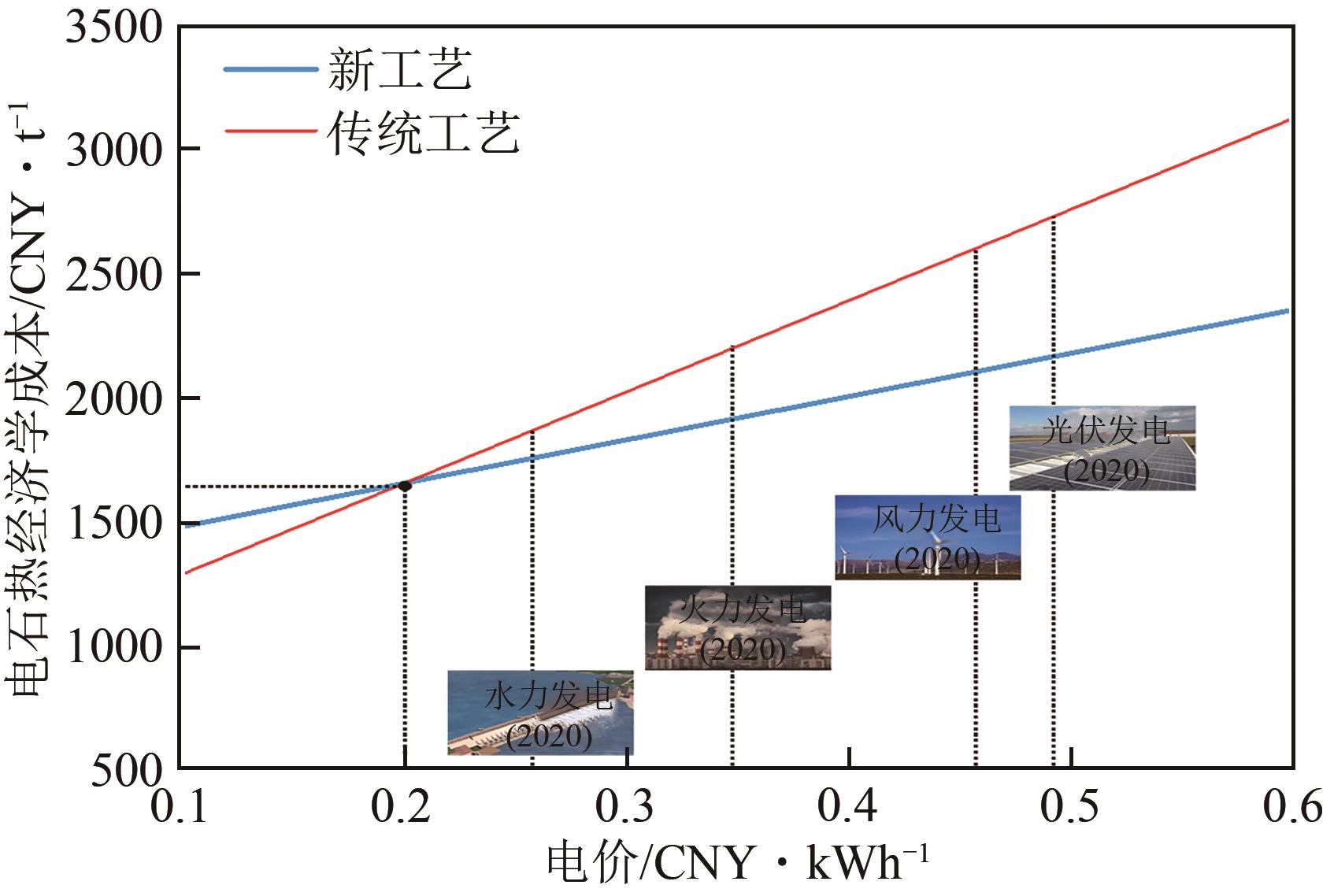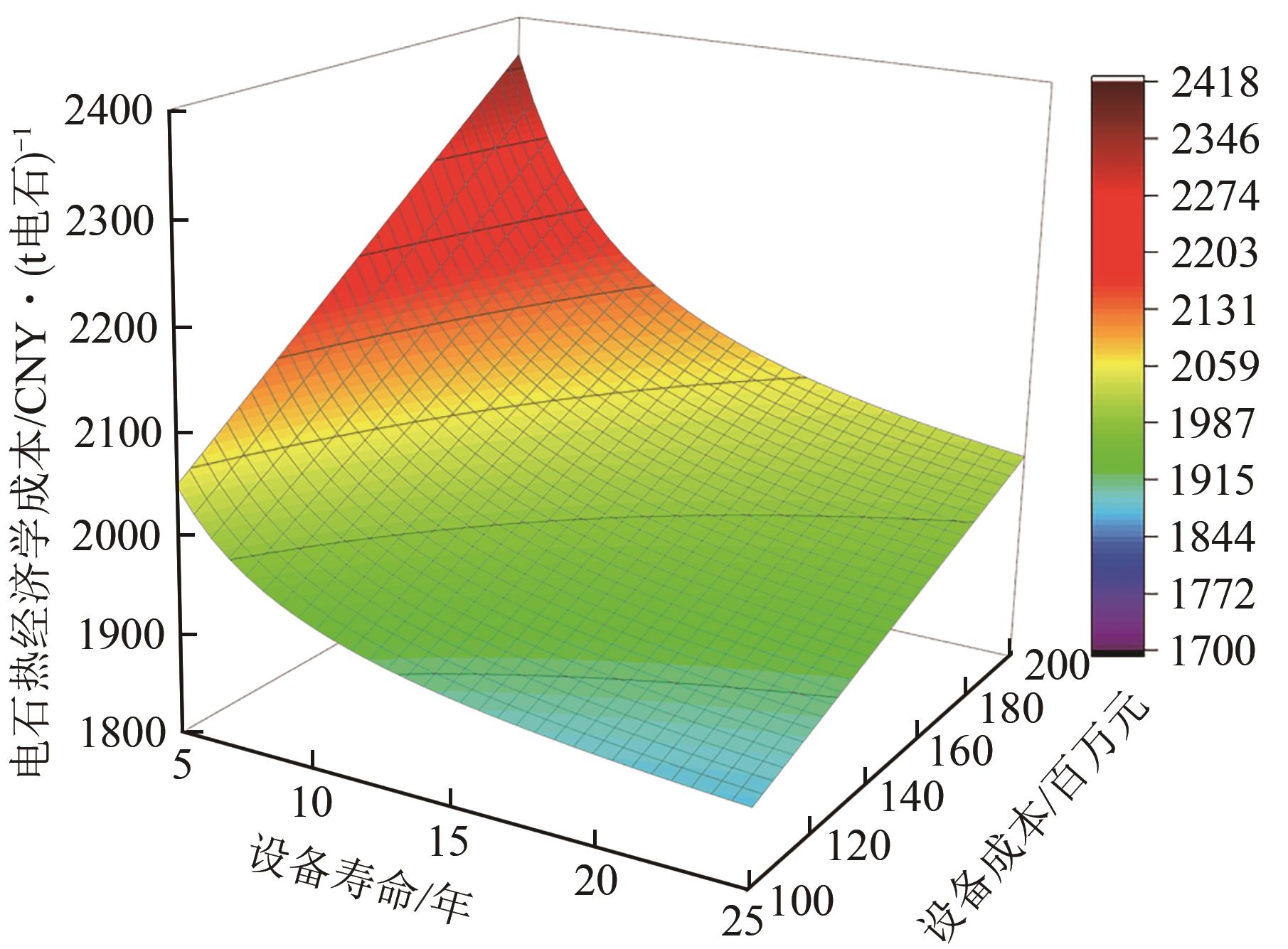| 1 |
王义, 马文会, 谢克强, 等. 复合球团生产电石新工艺的研究[J]. 工业加热, 2015, 44(4): 27-29, 33.
|
|
WANG Yi, MA Wenhui, XIE Keqiang, et al. The study of the new technology producing the calcium carbide using composite pellets[J]. Industrial Heating, 2015, 44(4): 27-29, 33.
|
| 2 |
张顺利, 丁力, 郑倩倩, 等. 电石炉和利用该电石炉制备电石的方法: CN104860314A[P]. 2015-08-26.
|
|
ZHANG Shunli, DING Li, ZHENG Qianqian, et al. Calcium carbide furnace and method for preparing calcium carbide with calcium carbide furnace: CN104860314A[P]. 2015-08-26.
|
| 3 |
刘冰, 马佳. 密闭电石炉热化学计量模型研究[J]. 广东化工, 2014, 41(16): 166-167, 145.
|
|
LIU Bing, MA Jia. Study on thermochemistry measurement model of fully-enclosed calcium carbide furnace[J]. Guangdong Chemical Industry, 2014, 41(16): 166-167, 145.
|
| 4 |
张建良, 蒋旭东. 两段热平衡计算电石炉炉热指数[J]. 工程设计学报, 2013, 20(3): 243-249.
|
|
ZHANG Jianliang, JIANG Xudong. Calculation of thermal state parameter in a calcium carbide furnace by two stage thermal equilibrium[J]. Chinese Journal of Engineering Design, 2013, 20(3): 243-249.
|
| 5 |
焦克新, 张建良, 左海滨, 等. 电石炉区域能量分配模型研究[J]. 无机盐工业, 2014, 46(2): 64-67.
|
|
JIAO Kexin, ZHANG Jianliang, ZUO Haibin, et al. Research on regional energy distribution model of calcium carbide furnace[J]. Inorganic Chemicals Industry, 2014, 46(2): 64-67.
|
| 6 |
MI Yue, ZHENG Danxing, GUO Jing, et al. Assessment of energy use and carbon footprint for low-rank coal-based oxygen-thermal and electro-thermal calcium carbide manufacturing processes[J]. Fuel Processing Technology, 2014, 119: 305-315.
|
| 7 |
王秋鸣, 李树莹, 耿书阳, 等. 电石熔炼过程单颗粒模型与球团新工艺强化机制[J]. 科学通报, 2021, 66(21): 2766-2774.
|
|
WANG Qiuming, LI Shuying, GENG Shuyang, et al. The single-particle model of calcium carbide production and strengthening mechanism of the novel pelletizing process[J]. Chinese Science Bulletin, 2021, 66(21): 2766-2774.
|
| 8 |
ZHANG Xuankai, TONG Zixiang, LI Dong, et al. Analysis and optimization about electromagnetics-temperature-component distribution in calcium carbide electric furnace[J]. Applied Thermal Engineering, 2021, 185: 115980.
|
| 9 |
LI Renxi, MA Shuo, MA Hongting, et al. Numerical simulation of heat transfer and chemical reaction of CaO-C porous pellets in the reaction layer of calcium carbide furnace[J]. Applied Thermal Engineering, 2020, 181: 115877.
|
| 10 |
HUO Hailong, LIU Xunliang, WEN Zhi, et al. Case study of a novel low rank coal to calcium carbide process based on techno-economic assessment[J]. Energy, 2021, 228: 120566.
|
| 11 |
国家市场监督管理总局, 国家标准化管理委员会. 能量系统 分析技术导则: [S]. 北京: 中国标准出版社, 2021.
|
|
State Administration for Market Regulation, Standardization Administration of the People's Republic of China. Technical guidelines for exergy analysis in energy systems: [S]. Beijing: Standards Press of China, 2021.
|
| 12 |
袁一, 刘新彦. 合成氨生产系统的焓和㶲计算[J]. 化工设计, 1993, 3(5): 7-16.
|
|
YUAN Yi, LIU Xinyan. Calculation of enthalpy and exergy in ammonia production system[J]. Chemical Engineering Design, 1993, 3(5): 7-16.
|
| 13 |
冯鹏. 炼铁系统的热经济学优化及分析[D]. 沈阳: 东北大学, 2010.
|
|
FENG Peng. Thermoeconomic optimization and analysis of iron-making system[D]. Shenyang: Northeastern University, 2010.
|
| 14 |
GHAEBI Hadi, PARIKHANI Towhid, ROSTAMZADEH Hadi. Energy, exergy and thermoeconomic analysis of a novel combined cooling and power system using low-temperature heat source and LNG cold energy recovery[J]. Energy Conversion and Management, 2017, 150: 678-692.
|
| 15 |
李友荣, 吴双应, 肖兰. 热经济学理论及应用[M]. 北京: 科学出版社, 2020.
|
|
LI Yourong, WU Shuangying, XIAO Lan. Theory and application of thermoeconomics[M]. Beijing: Science Press, 2020.
|
| 16 |
朱勇, 何小波. 钢铁企业副产煤气定价模式探讨[J]. 四川建材, 2013, 39(1): 244-245, 248.
|
|
ZHU Yong, HE Xiaobo. The pricing mode discussion for iron and steel enterprises by-product gas[J]. Sichuan Building Materials, 2013, 39(1): 244-245, 248.
|
| 17 |
YANG Kun, ZHU Neng, WANG Daquan, et al. Thermoeconomic analysis of co-firing combined cooling, heating, and power system based on energy level[J]. Energy Conversion and Management, 2019, 197: 111900.
|
| 18 |
XIANG Dong, YANG Siyu, LIU Xia, et al. Techno-economic performance of the coal-to-olefins process with CCS[J]. Chemical Engineering Journal, 2014, 240: 45-54.
|
| 19 |
CORMOS C C, VATOPOULOS K, TZIMAS E. Assessment of the consumption of water and construction materials in state-of-the-art fossil fuel power generation technologies involving CO2 capture[J]. Energy, 2013, 51: 37-49.
|
| 20 |
DODDAPANENI T R, PRAVEENKUMAR R, TOLVANEN H, et al. Techno-economic evaluation of integrating torrefaction with anaerobic digestion[J]. Applied Energy, 2018, 213: 272-284.
|
 ), JIANG Zeyi1,2(
), JIANG Zeyi1,2( ), ZHANG Xinru1,3
), ZHANG Xinru1,3






